Big announcements require major crisis prevention planning
Twitter on Thursday announced that it is now able to block tweets that run afoul of certain countries’ restrictions on speech, but that has prompted backlash from users who fear the micro-blogging service will honor takedown requests from repressive regimes.
In explaining the move, Twitter mentioned France and Germany, which ban pro-Nazi speech. But many users questioned how this might play out in the Middle East, for example, where social networks like Twitter and Facebook played a key role as organizational tools during last year’s Arab Spring uprisings.
As a result, the term #TwitterCensored is now a trending topic in the United Arab Emirates. Many angry users have also pledged not to use Twitter on Saturday, Jan. 28 in protest of the move, much like the anti-SOPA/PIPA Internet blackouts here in the United States.
We were as shocked as anyone to hear the news contained in this quote, from a PC Magazine article by Chloe Albanesius. Twitter, which grew from techie tool to worldwide phenomenon on the back of natural disasters and revolts against oppression, appears to be acting against the very freedom which made it a social media icon.
What was even more surprising to us as crisis management professionals was that Twitter seemed seriously underprepared for the highly predictable backlash, issuing a cryptic statement explaining that if “we receive a valid and properly scoped request from an authorized entity, it may be necessary to reactively withhold access to certain content in a particular country from time to time.” While you may be able to puzzle through that one, to the layperson it may as well be Greek, and that makes Twitter look shady. You absolutely have to use the language of the people, or your words will be chalked up as deception.
Belatedly, the folks at Twitter published this blog post, which is actually solid, and very much along the lines of what we would have recommended.
The biggest question that arose in our minds as we discussed Twitter’s announcement was…why now? SOPA/PIPA was just stalled after a massive uproar came from the web, so why in the world would you decide this was a great time to announce improved censorship capabilities for your net-based service?
Perhaps they’ve never heard the phrase, “timing is everything?”
——————————-
For more resources, see the Free Management Library topic: Crisis Management
——————————-
[Jonathan Bernstein is president of Bernstein Crisis Management, Inc. , an international crisis management consultancy, and author of Manager’s Guide to Crisis Management and Keeping the Wolves at Bay – Media Training. Erik Bernstein is Social Media Manager for the firm, and also editor of its newsletter, Crisis Manager]












